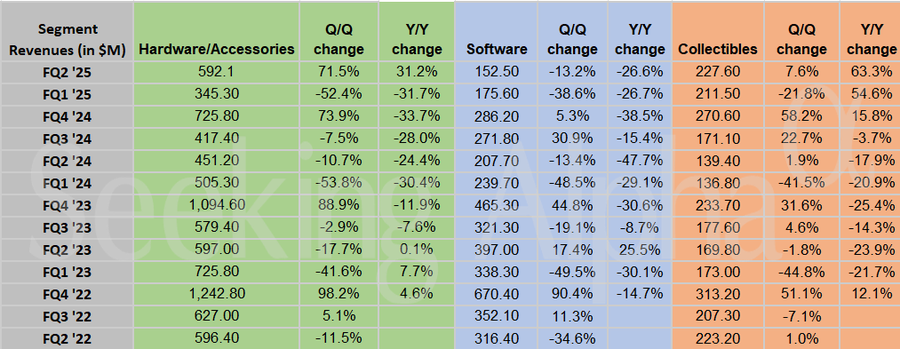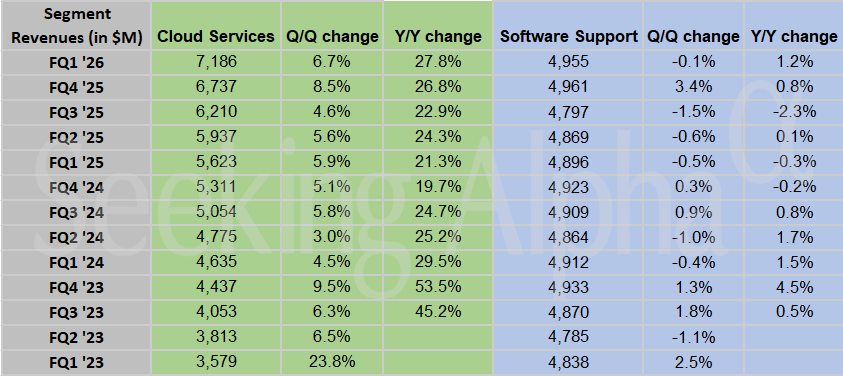Donald Trump’s renewed anger at Jerome Powell over delayed interest-rate cuts has intensified after a dramatic revision cut U.S. job growth by 911,000 since 2024—adding fuel to Trump’s criticism of the Fed and amplifying political strife ahead of the Federal Reserve’s September meeting.
For months, Trump has been vocal in his frustration with Federal Reserve chair Jerome Powell for being “too late” to cut rates, and he just got fresh ammunition in the latest jobs report data revision. The Bureau of Labor Statistics (BLS) routinely revises its jobs numbers each August, but this year’s adjustment is unexpectedly severe: from March 2024 to March 2025, the U.S. added about 911,000 fewer jobs than previously reported—a much larger downward move than economists feared. The BLS, of course, shocked markets in July when it revised downward the jobs growth in May and June 2024 by 258,000, prompting Trump to immediately—and controversially—fire data chief Erika McEntarfer.
The timing, coming days before the Fed’s decision on rates, puts Powell under extraordinary public pressure. It suggests the slowdown first revealed by the July jobs report actually began months earlier, during the waning days of Joe Biden’s presidency and the presidential election that saw Trump reelected. Bradley Saunders, North America economist for London-based Capital Economics, noted the breakdown shows broad-based revisions, with the largest downgrades in various services sectors. Leisure and hospitality was 15,000 per month lower, professional and businesses services was lower by 13,000, and retail trade was lower by 10,000. “With services being the last bastion of employment growth, this does not bode well for the overall health of the labour market,” he added.
Minutes before the release of the revision, Trump posted another statement critical of Powell on Truth Social, writing, that Powell has “done a terrible job since he adapted [the target of 2% inflation]. It’s too low, it’s too rigid, they followed Data that’s years delayed.” Trump added that he wishes the Fed would use “modern sources of information.”
Trump’s argument aligns with the investment thesis of Morgan Stanley’s Mike Wilson, who believes a “rolling recession” ran through different sectors of the economy from 2022 to 2025, and that traditional analyses of the data missed that it was happening.
Impact of jobs revision
The BLS’s benchmark revision significantly reshapes the narrative of the U.S. labor market’s health over the last year. The August jobs report, released last week, showed just 22,000 new positions, nearly all in healthcare and support services; other sectors have stagnated, amplifying concerns that job growth outside healthcare may soon vanish altogether as Medicaid cuts take effect in October.
The downward revision, combined with weak hiring trends, contributes to a growing sense of “stagflation”: a toxic mix of slow employment gains and persistently high inflation. Consumer prices for August, due out Thursday, are expected to show another uptick, adding further pressure on the Fed and the White House alike.
Trump’s campaign is embracing the revised numbers to challenge both Powell’s leadership and the reliability of government statistics. While experts insist the BLS’s annual revision is apolitical and consistent, Trump supporters argue it’s evidence of deeper problems, whether bureaucratic incompetence or political interference. Commerce Secretary Howard Lutnick, a Trump ally, has promised a coming “jobs boom” once the new administration’s investment agenda is implemented. For now, the revision will likely embolden calls for more aggressive rate cuts—and for holding Powell accountable.
Meanwhile, White House officials face mounting criticism over a jobs market that appears increasingly fragile. A Monday survey by the New York Fed showed confidence in finding new employment at its lowest since tracking began in 2013.
Market response
Wall Street is fixated on the BLS revision and its implications for Fed policy. Investors hope the sharp downward correction will prompt a substantial rate cut at the upcoming meeting, with some betting on a half-point “jumbo” cut—though consensus forecasts a milder 25 basis-point reduction.
This places Powell in a pickle: Maintain credibility by sticking to the central bank’s process, or bow to growing political and economic stress. In either scenario, Trump’s vocal opposition and another shocking jobs revision raise the stakes for a Fed decision with implications across politics, markets, and Main Street alike.
As Trump weaponizes the labor data to escalate attacks on Powell, attention shifts to the Fed’s imminent rate decision and the White House’s response to growing anxiety among workers and investors. With economic uncertainty mounting, the revised jobs figures add crucial “juice” to a controversy at the intersection of policy, politics, and public confidence.
For this story, Fortune used generative AI to help with an initial draft. An editor verified the accuracy of the information before publishing.
This story was originally featured on Fortune.com

 5 hours ago
1
5 hours ago
1










 English (US) ·
English (US) ·